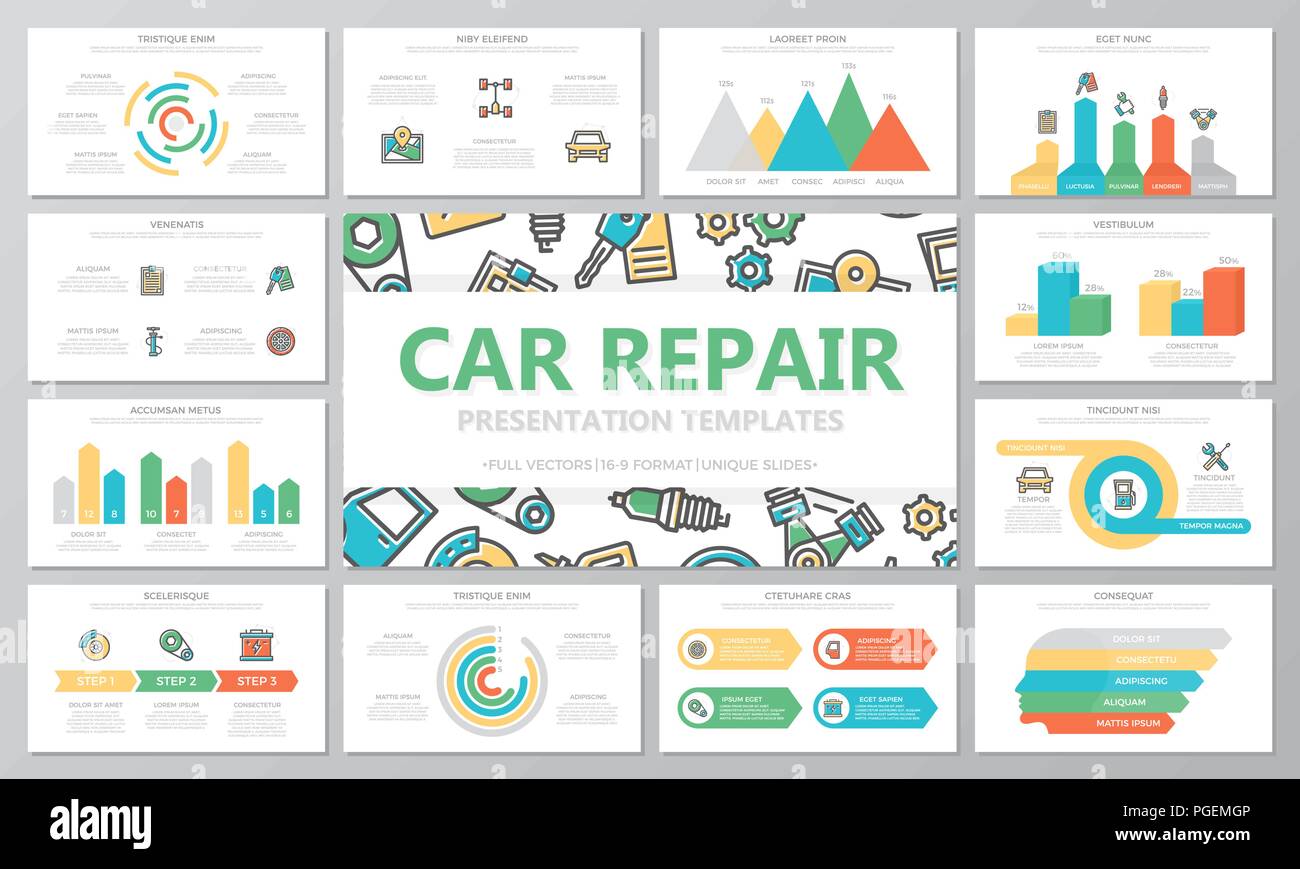Analyzing Your Vehicle'S Caution Indicators: What They Really Share
Analyzing Your Vehicle'S Caution Indicators: What They Really Share
Blog Article
pop over here -Lim Shepherd
When you're behind the wheel, those beautiful caution lights on your dashboard can be a bit perplexing. Do you understand what they're attempting to inform you regarding your automobile's health and wellness? Comprehending the importance of these lights is vital for your safety and the longevity of your lorry. So, the next time one of those lights appears, wouldn't you intend to analyze its message precisely and take the necessary actions to resolve it?
Common Warning Lights and Interpretations
Identify common warning lights in your cars and truck and understand their significances to guarantee safe driving.
The most normal caution lights consist of the check engine light, which signifies issues with the engine or exhausts system. If this light begins, it's essential to have your vehicle checked without delay.
The oil stress advising light shows reduced oil stress, needing immediate attention to prevent engine damages.
A flashing battery light could recommend a malfunctioning charging system, potentially leaving you stranded otherwise dealt with.
The tire pressure tracking system (TPMS) light signals you to reduced tire stress, affecting lorry security and fuel efficiency. Ignoring this can cause risky driving problems.
The abdominal light shows a trouble with the anti-lock stopping system, compromising your ability to quit rapidly in emergency situations.
Last but not least, the coolant temperature alerting light warns of engine getting too hot, which can result in extreme damages otherwise fixed quickly.
Understanding these common caution lights will certainly aid you address issues quickly and keep safe driving conditions.
Importance of Prompt Attention
Comprehending the usual caution lights in your cars and truck is only the primary step; the relevance of promptly addressing these warnings can't be emphasized enough to guarantee your security when driving.
When a warning light illuminates on your control panel, it's your automobile's means of interacting a prospective issue that needs interest. Overlooking https://brakepads51739.blogginaway.com/32722556/the-convenience-of-mobile-automobile-detailing-changes-your-vehicle-s-appearance-but-is-it-as-reliable-as-traditional-methods-discover-the-fact-behind-this-solution can bring about extra extreme troubles later on, endangering your security and potentially costing you extra in repairs.
Prompt focus to advising lights can avoid break downs and mishaps. As an example, a flashing check engine light might show a misfire that, if left unattended, might create damages to the catalytic converter. Resolving this quickly can save you from a pricey repair service.
Likewise, a brake system advising light may signal reduced brake liquid or used brake pads, crucial elements for your safety and security when driving.
DIY Troubleshooting Tips
If you observe a warning light on your control panel, there are a couple of do it yourself repairing tips you can attempt before seeking specialist help.
https://transmissionoilchange38383.get-blogging.com/32626118/surprisingly-hassle-free-mobile-automobile-outlining-solutions-not-only-save-you-time-and-money-yet-additionally-boost-your-vehicle-s-long-life-discover-exactly-how-they-can-transform-your-regular is to consult your cars and truck's handbook to understand what the details warning light suggests. In some cases the issue can be as straightforward as a loosened gas cap activating the check engine light. Tightening up the gas cap may solve the problem.
One more typical concern is a reduced battery, which can activate numerous warning lights. Examining the battery links for rust and ensuring they're secure might deal with the problem.
If a warning light persists, you can attempt resetting it by separating the vehicle's battery for a few mins and after that reconnecting it. In addition, inspecting your car's liquid degrees, such as oil, coolant, and brake liquid, can assist repair warning lights connected to these systems.
Verdict
To conclude, understanding your automobile's warning lights is vital for keeping your vehicle running efficiently and safely. By without delay resolving these signals and knowing what they imply, you can avoid pricey repair services and prospective malfunctions.
Remember to consult your vehicle's handbook for particular information on each alerting light and take action as necessary to ensure a hassle-free driving experience.
Remain educated, stay risk-free on the road!
